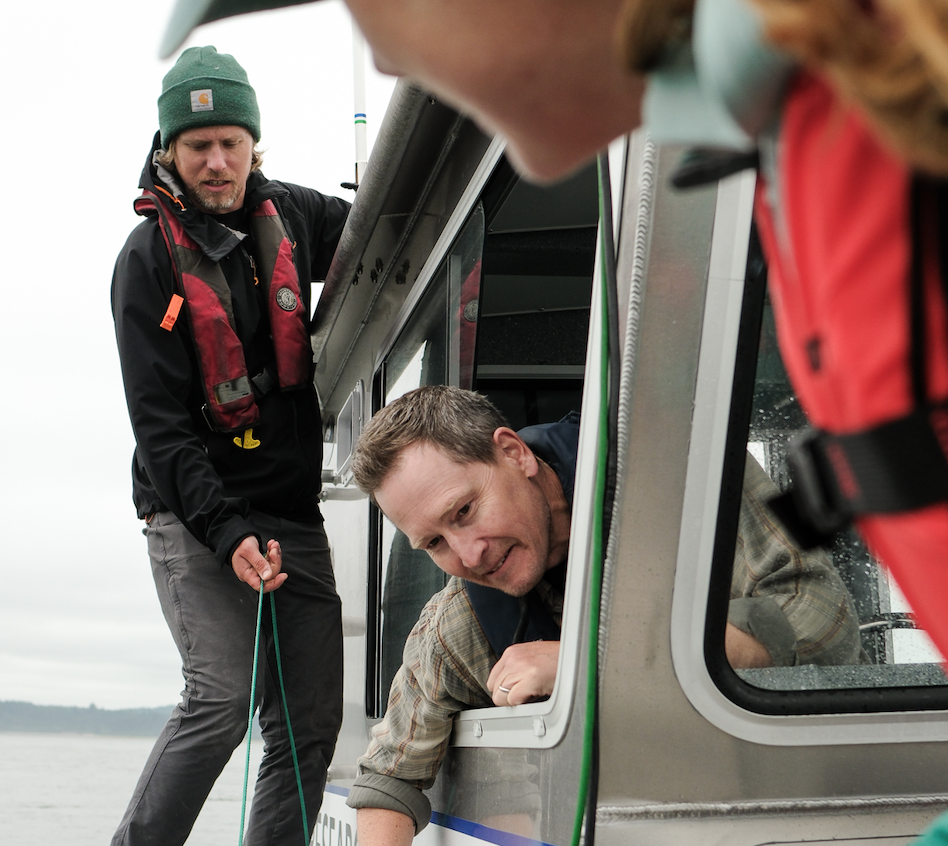Birding: Shorebirds are on the move
Published 9:54 am Thursday, July 15, 2021

- Killdeer sport a distinct reddish-orange tail and rump in flight and when preening. The broken wing act also reveals the brightly colored tail and rump.
By mid-July shorebirds are on the move. Earlier articles focused on the “big boys.” I think they are the easiest of the shorebirds to identify mainly due to their size, but in general shorebirds are among the most challenging to ID. The next few articles will deal with some of the medium-sized shorebirds we are likely to see on the Long Beach Peninsula.
Trending
Medium-sized shorebirds are about the size of a robin and can often be separated by their bill size or shape. Examples of shorebirds in this group include the killdeer and the black-bellied plover. These are both common in our area and are species that most of us know and see frequently. Both species are plovers. The killdeer is one of the most common and graceful shorebirds. It is often seen in flocks on mudflats or in fields during migration and in the winter. I have seen flocks sitting on the docks of the Ilwaco harbor and in a mowed field in Nahcotta as well as in the wetlands of Tarlatt. It is the only shorebird with two black neckbands. The black-bellied plover, on the other hand, is plump and round. It is common on our ocean beaches or mudflats. My experience suggests that the flocks can be relatively small, ranging from a few birds to about 20. In addition, I see them more often on the north end of the beach compared to the south end and on the mudflats of Willapa bay.
The killdeer is very vocal and loud. Its piercing call of “killdeeer, killdeeer killdeeer” sounds just like the bird’s name. Its tone is such that it often causes other shorebirds to fly away because they think of it as a message that says, “danger lurks.” The black-bellied plover’s call is a plaintive, clear whistle. Both the killdeer and black-bellied plover are characteristically plover-like in that when feeding they run, stop and pluck. Killdeer prefer invertebrates such as grasshoppers, worms, beetles and seeds. The black-bellied plover also enjoys eating worms and insects, but also eats bivalves and crustaceans.
The killdeer has two black bands, a conspicuous and distinct reddish-orange tail and rump noticeable in flight or when preening and a red eye-ring. It wings and tail are long and pointed giving it a look of elegance. The black-bellied plover adult in breeding plumage is striking in appearance. It wears a black belly, throat, neck and cheeks. Its crown is whitish and its under tail coverts are white. An excellent ID marker when the bird is in flight is its black armpits, which are present in all plumages. Non-breeders and juvenile birds range from drab gray to being strongly mottled above. The juvenile, however, tends to look the same but is more boldly patterned.
Trending
I think many of you have probably stumbled upon a killdeer nesting, especially since they will nest just about anywhere, and I bet it performed an excellent broken wing act to lure you away from its nest or young. If you like to take photos of shorebirds it can be challenging. Black-bellied plover don’t come very close and like the killdeer are skittish. Whenever I have tried to photograph the black-bellied it was foraging with other species of shorebirds. It was the furthest out on the beach or mudflat! A big telephoto lens is the only answer!
Shorebirds are elegant. Some race all over the beach or mudflats searching for prey. I try to be patient, stay stock still and wait for them to come to me. It works, but it often takes a while. Now is the time to be entertained by shorebirds and their antics. Now is the time to take a good look at these migrating birds, to study them and to enjoy these beautiful creatures. More on medium-sized shorebirds next time. Happy birding!









